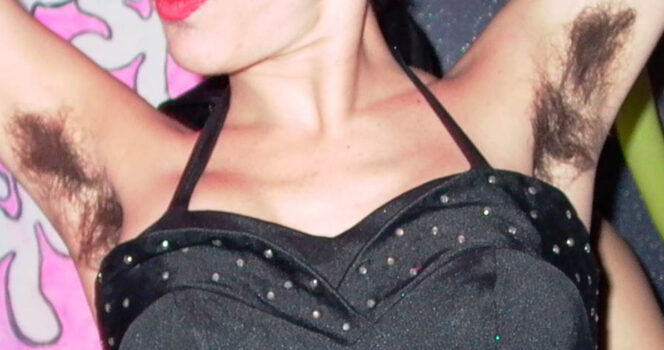A powerful and provocative photo series is flipping the script on female beauty standards and challenging women to put down their razors and pick up a new accessory: natural armpit hair. The visual message isn’t just cultural—it touches on themes related to personal wellness, body autonomy, and even healthcare choices often overlooked in mainstream beauty narratives.

Long before razors, lasers, and waxing strips became everyday items in beauty routines, hair removal was already a deeply rooted practice, influenced not only by culture but by evolving perceptions of hygiene, medical wellness, and what constitutes a “healthy” appearance—topics often tied into dermatological care and chronic skin sensitivity diagnoses.
‘Primitive ancestry’
Thousands of years later, Charles Darwin’s theory of natural selection introduced a new lens: fur loss attributed to sexual selection.
According to Darwin, the less body hair one had, the more “evolved” they appeared. This pseudo-scientific rationale gave hairlessness a new kind of social currency – sexual attractiveness and evolutionary advancement. Today, this logic still influences how many women view their appearance in the context of gender-based health evaluations, cosmetic dermatology, and even wellness insurance policies that include skincare treatments.
Being hairless became a sign of progress and desirability—a standard that often intersects with modern concerns about hormonal imbalances, lab testing, and even prenatal care hygiene myths.
Feminine Duty
By the 1900s, the idea that being hairless was a feminine duty was firmly cemented in society. Body hair became shameful, a flaw to be corrected rather than a natural state to be accepted.
This pressure often manifests in anxiety disorders, body dysmorphia diagnoses, and leads to rising demand for mental health wellness plans and private healthcare providers offering cosmetic counseling as part of holistic diagnostic packages.
‘Very Masculine’
Now, after centuries of “brainwashing,” women are flipping the script, rejecting long-held beauty standards that equated femininity with flawlessness – and hairlessness.
“The armpit hair is considered to be very disgusting, non-hygienic, repulsive, grotesque, very masculine,” London-based photographer Ben Hopper told Bored Panda.
These views, often linked to archaic ideals, continue to influence modern policies around workplace discrimination, health insurance benefits related to gender norms, and even legal frameworks addressing beauty standard bias.
‘Raw Unconventional Look’
Exploring how people respond to “females with armpit hair,” Hopper created his daring photo series, Natural Beauty.




